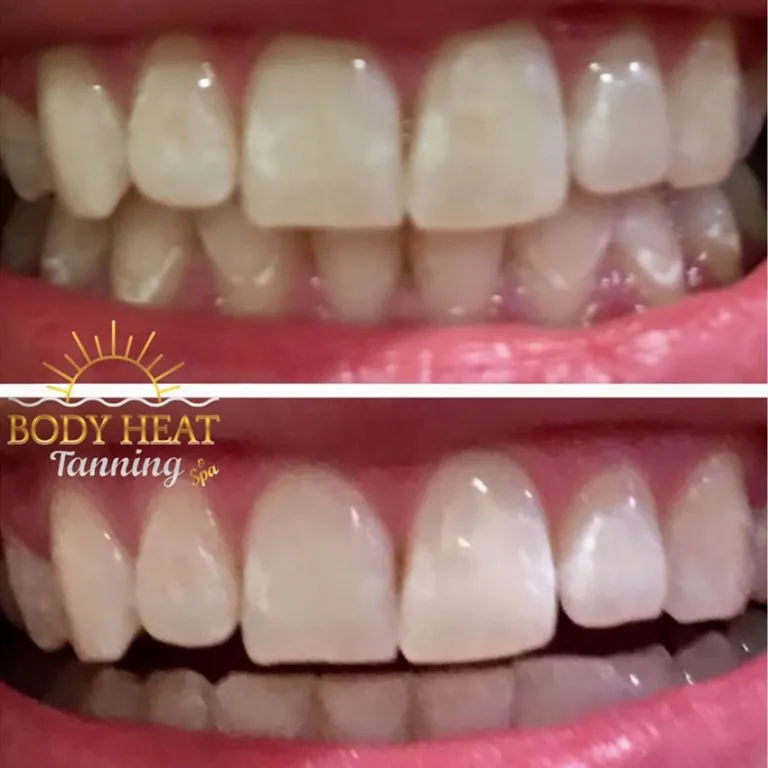The Risks of Teeth Whitening at Tanning Salons
Teeth whitening has become increasingly popular, and tanning salons, seeking to capitalize on this trend, have begun offering these services. However, it’s crucial to understand the potential risks associated with teeth whitening performed in such environments. While the promise of a brighter smile is tempting, the lack of professional oversight and potential use of unregulated products in tanning salons can lead to several complications. This article highlights the top 5 risks, providing essential information to help you make an informed decision about your dental health.
Risk 1 Irritation and Sensitivity
One of the most common side effects of teeth whitening, especially when done improperly, is increased tooth sensitivity and gum irritation. This occurs because the bleaching agents, often containing hydrogen peroxide, can penetrate the enamel and reach the underlying dentin, which houses the nerves. If the concentration of the whitening agent is too high or applied for too long, or if the person has sensitive teeth, this can lead to significant discomfort. Additionally, the lack of professional assessment in a tanning salon means that pre-existing conditions, like receding gums or enamel erosion, may not be identified, exacerbating these issues.
Understanding the Chemicals Used
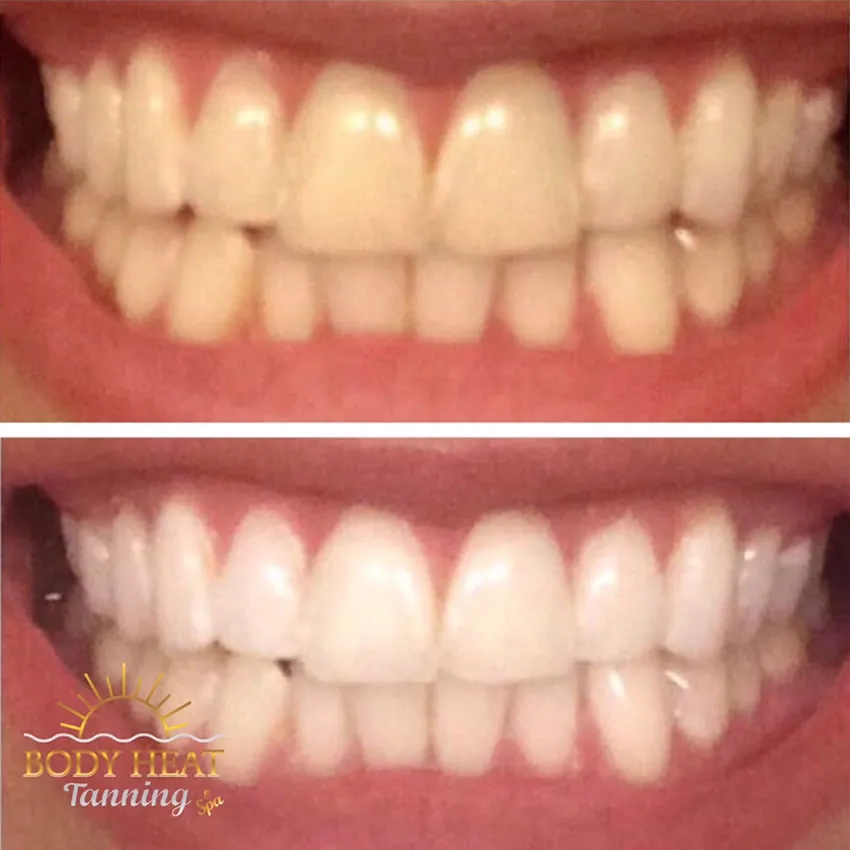
Teeth whitening products primarily use hydrogen peroxide or carbamide peroxide as the active bleaching agent. These chemicals break down into oxygen, which then interacts with the stains on your teeth, lightening them. The concentration of peroxide in these products significantly affects their effectiveness and the risk of side effects. Tanning salons may use products with varying concentrations, and without dental professionals, it can be difficult to ensure the right concentration is used for the individual’s needs and dental health. Overuse or inappropriate concentration can severely damage teeth and gums.
Potential for Gum Damage
Gum damage is another serious risk. When the whitening agent comes into contact with the gums, it can cause irritation, redness, and inflammation. This is particularly likely in a non-professional setting where protective measures, such as proper isolation of the gums with barriers or a custom-fitted mouthguard, may not be used correctly or at all. This can lead to gingivitis or even more severe gum problems. Furthermore, the lack of training among staff in tanning salons on proper application and safety protocols further increases the likelihood of gum damage.
Risk 2 Inconsistent Results
The effectiveness of teeth whitening can vary widely, and the results obtained at tanning salons are often inconsistent. Several factors can influence the outcome, including the type and severity of the stains, the concentration of the whitening agent, and the application technique. Without a dentist’s expertise, it’s difficult to predict the results accurately. Moreover, individuals with certain types of stains, such as those caused by tetracycline antibiotics, may find that whitening treatments are ineffective or provide minimal improvement. This can leave clients disappointed with the outcome and feeling as though they’ve wasted money.
Factors Affecting Whitening Efficacy

Several factors can influence how well teeth whitening works. These include the nature of the stains (intrinsic vs. extrinsic), the enamel’s porosity, and the individual’s oral hygiene habits. Intrinsic stains, which are deeper within the tooth structure, are harder to remove than extrinsic stains, which are on the surface. Moreover, the presence of fillings, crowns, or other dental work can impact the final result, as these materials do not whiten in the same way as natural tooth enamel. The lack of pre-treatment assessment in tanning salons often means these factors are not considered, leading to unpredictable results.
Why Results Vary
The variability in teeth whitening results often stems from the application method and the product quality. Without proper training, staff in tanning salons might not apply the whitening agent evenly, leading to splotchy or uneven results. Furthermore, the quality of the whitening products can vary. Cheap or unregulated products might contain less effective bleaching agents or other ingredients that do not meet dental health standards. This combination of factors significantly increases the chance of inconsistent results, leaving customers with an unsatisfactory experience. Without a thorough consultation and assessment, it’s tough to establish realistic expectations, and people may be disappointed.
Risk 3 Enamel Damage
Overuse or misuse of teeth whitening treatments can lead to enamel damage, the hard, protective outer layer of your teeth. Enamel erosion makes teeth more susceptible to decay and sensitivity. Repeated exposure to high concentrations of peroxide can weaken the enamel structure. In tanning salons, where the application may not be closely monitored by dental professionals, the risk of enamel damage is higher. Additionally, if the whitening products contain abrasive substances or the application process involves harsh brushing or scrubbing, it can exacerbate enamel erosion, increasing the risk of dental problems down the line.
The Role of Hydrogen Peroxide
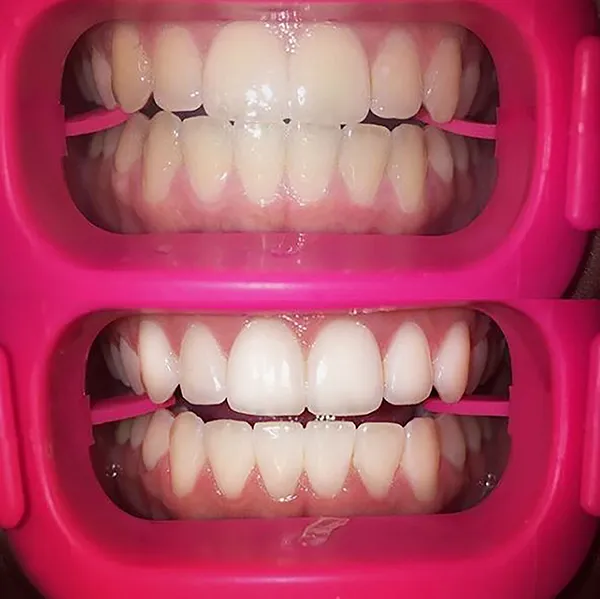
Hydrogen peroxide is the active ingredient in most teeth whitening products, and it’s effective at breaking down stains. However, hydrogen peroxide can also cause enamel damage, especially when used at high concentrations or for extended periods. It does this by dehydrating the enamel and potentially altering its mineral content. In tanning salons, the lack of expertise in evaluating the appropriate peroxide concentration for each individual’s oral health can lead to enamel damage. This underscores the importance of consulting a dental professional who can assess your teeth and recommend a safe and effective treatment.
Long-Term Effects on Teeth
The long-term effects of enamel damage from teeth whitening can include increased sensitivity, a higher risk of cavities, and the need for more extensive dental work. Eroded enamel cannot regenerate, so the damage is often irreversible. Over time, enamel erosion can make teeth appear more yellow, as the underlying dentin becomes more visible. Regular dental checkups and proper oral hygiene are essential to monitor and manage any potential issues. However, the lack of professional oversight in tanning salons makes it difficult to detect and address early signs of enamel damage, potentially leading to more severe dental problems.
Risk 4 Unregulated Treatments
Teeth whitening performed in tanning salons often involves unregulated treatments. Unlike dental practices, tanning salons are not necessarily subject to the same stringent regulations regarding product quality, staff training, or patient safety. This lack of oversight can lead to the use of substandard or unsafe whitening products and procedures. Furthermore, the absence of a qualified dental professional means there’s no one to properly assess your oral health or to manage potential complications. It is critical to be cautious about teeth whitening in non-dental settings where the risks are higher and the level of care may be lower.
Lack of Professional Supervision
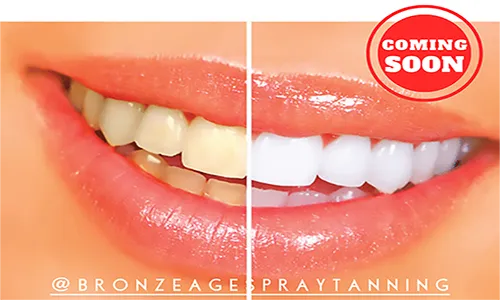
The absence of a dentist or dental hygienist to oversee the teeth whitening process is a significant concern. Dental professionals are trained to assess your oral health, identify any pre-existing conditions, and determine whether teeth whitening is appropriate for you. They can also monitor the procedure to minimize risks and address any complications that may arise. In tanning salons, where staff typically lack this specialized training, the risk of complications increases substantially. Without professional supervision, individuals are more likely to experience adverse effects and may not receive the necessary care if something goes wrong.
Quality Control Concerns
Another issue is the lack of strict quality control measures for the teeth whitening products used in tanning salons. Dental practices obtain their products from reputable manufacturers and adhere to strict standards to ensure their safety and effectiveness. In contrast, tanning salons may purchase their products from less reliable sources. This can lead to several problems, including the use of products with ineffective or unsafe ingredients, the potential for contamination, and the absence of clear labeling. It is imperative to know that the products used in tanning salons might not meet the rigorous standards set by the dental industry, elevating the risk of unexpected outcomes.
Risk 5 Health Regulations
Teeth whitening is subject to specific health regulations. These regulations are put in place to protect the public from potentially harmful treatments. Tanning salons might not always adhere to these standards, putting individuals at risk. It is important to understand that the application of teeth whitening treatments by inadequately trained personnel can lead to severe complications. The lack of proper training and the absence of a dental professional to oversee the procedure often mean that crucial safety measures are neglected. Understanding these regulatory aspects is vital for making informed decisions regarding your dental health.
Overview of Health Standards
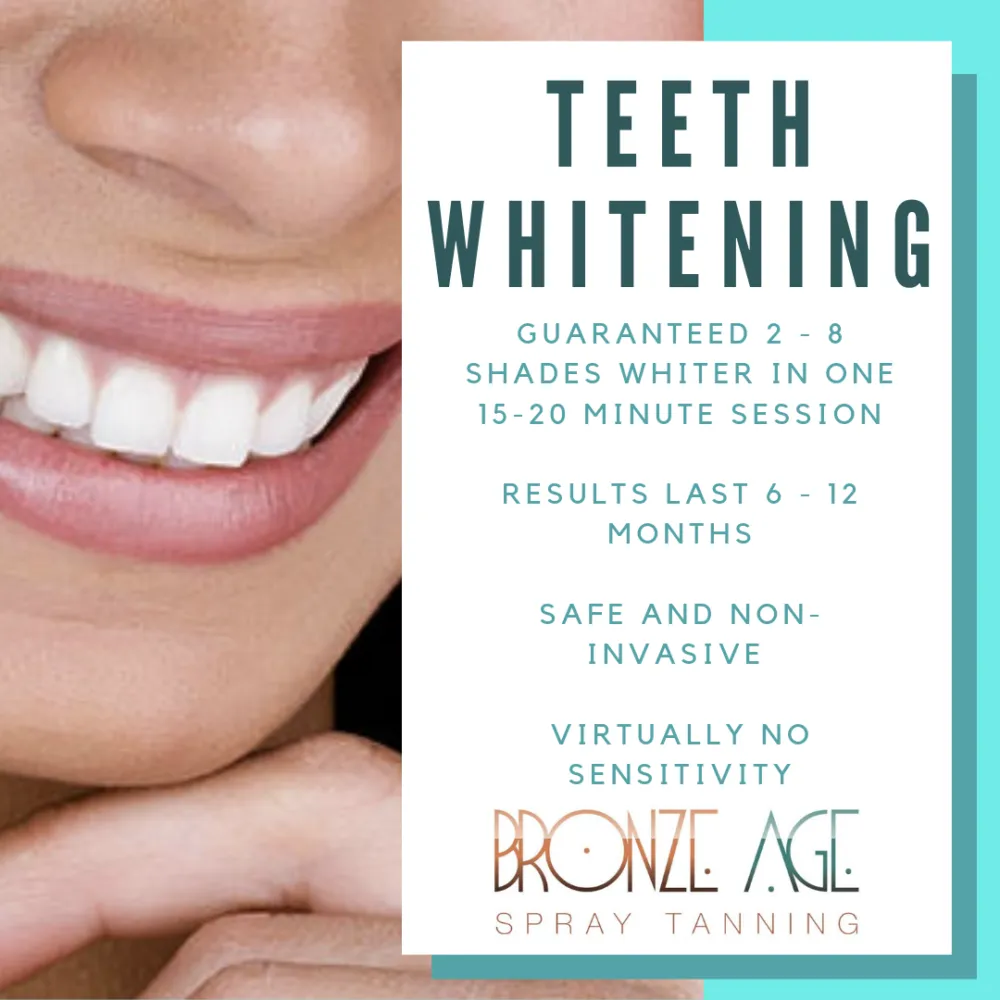
Health standards for teeth whitening treatments typically involve guidelines on the concentration of active ingredients, the application methods, and the qualifications of the personnel performing the procedure. Dental practices must comply with these standards to ensure that treatments are safe and effective. They must use approved products, follow established protocols, and employ trained professionals. Tanning salons, however, may not be subject to the same level of scrutiny, so the treatments might not meet the same health standards, potentially exposing you to higher risks.
Legal Issues
Legal issues can arise if teeth whitening is performed by unqualified individuals or if the products used do not comply with regulations. If you experience complications from a teeth whitening treatment at a tanning salon, you may have legal recourse, but it can be difficult. The absence of proper documentation, the use of unapproved products, or the failure to obtain informed consent can create legal liabilities. Therefore, seeking teeth whitening from a licensed dental professional is a way to ensure that any potential complications are handled according to legal and ethical standards. This also provides you with a level of protection and recourse if problems arise.
Alternative Safe Teeth Whitening Options
Given the potential risks associated with teeth whitening at tanning salons, it is crucial to consider safe and effective alternatives. Fortunately, several options are available, providing professional results without the associated dangers. These alternatives typically involve supervision from a dental professional, ensuring the treatments are safe and tailored to your specific needs. Choosing a method that prioritizes your oral health is a vital step in achieving a brighter smile. Before opting for any teeth whitening treatment, consult your dentist to discuss the best approach for your unique situation.
Professional Dental Whitening

Professional dental whitening is the safest and most effective option. Dentists use higher concentrations of bleaching agents than those available in over-the-counter products. Before the procedure, they assess your oral health, identify potential risks, and customize the treatment to your specific needs. The process involves applying a whitening gel to your teeth and using a special light to enhance the whitening effect. Dental professionals can also provide guidance on post-treatment care to minimize any sensitivity or other side effects. Consulting a dentist guarantees that your teeth whitening experience is both safe and delivers the best possible results.
At-Home Whitening Kits
At-home whitening kits, prescribed or recommended by a dentist, provide a convenient and safe alternative. These kits typically include custom-fitted trays and a lower-concentration whitening gel. Your dentist can provide instructions on how to use the kit correctly and can monitor your progress. This ensures that you use the product safely and can address any concerns or complications. While the results might take a bit longer to show, the lower concentration reduces the risk of sensitivity and gum irritation. Before using any at-home kit, it is always best to consult your dentist to make sure it is suitable for your teeth.
In conclusion, while the appeal of teeth whitening at tanning salons may seem convenient, the potential risks are significant. From increased sensitivity and enamel damage to unregulated treatments and a lack of professional oversight, these services can pose several dangers to your oral health. Prioritizing your dental health by choosing professional dental whitening or at-home kits recommended by your dentist is vital. Always consult a dental professional to ensure a safe, effective, and satisfying teeth whitening experience.
